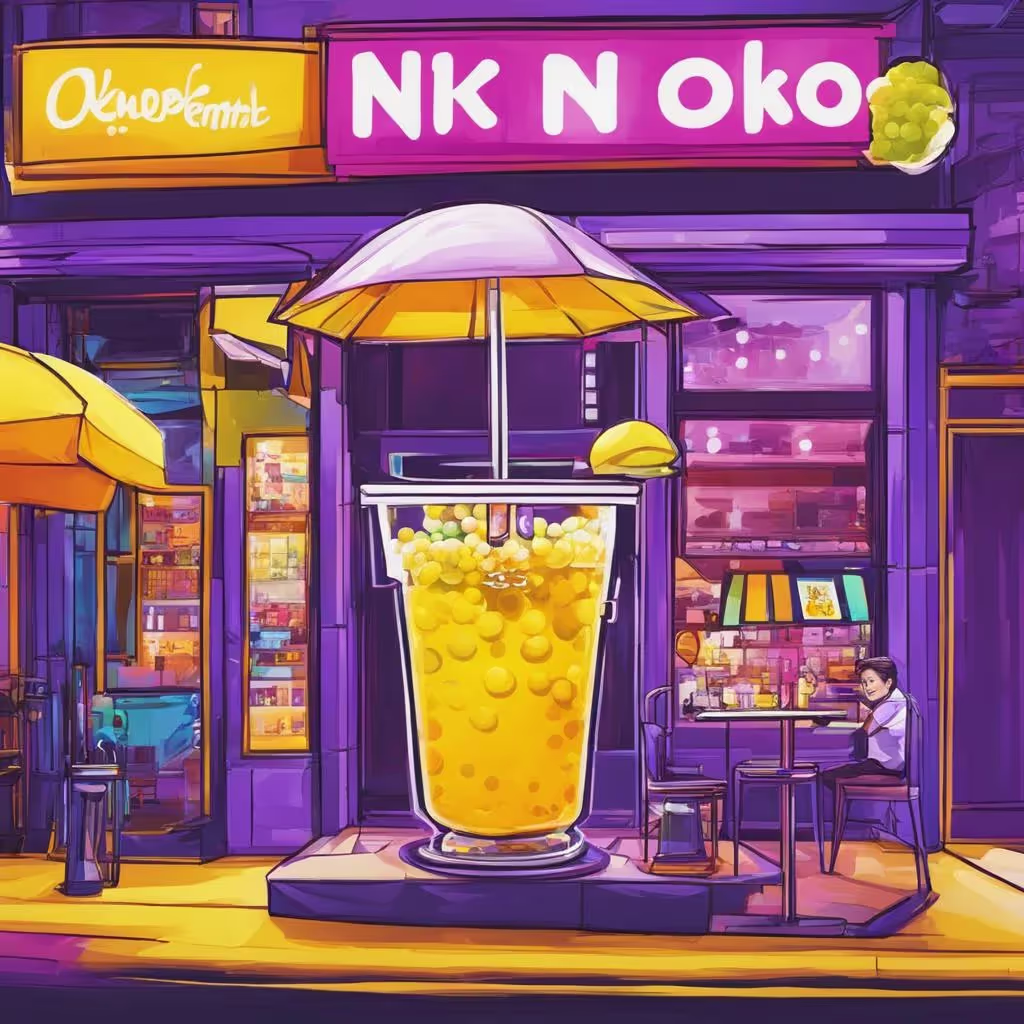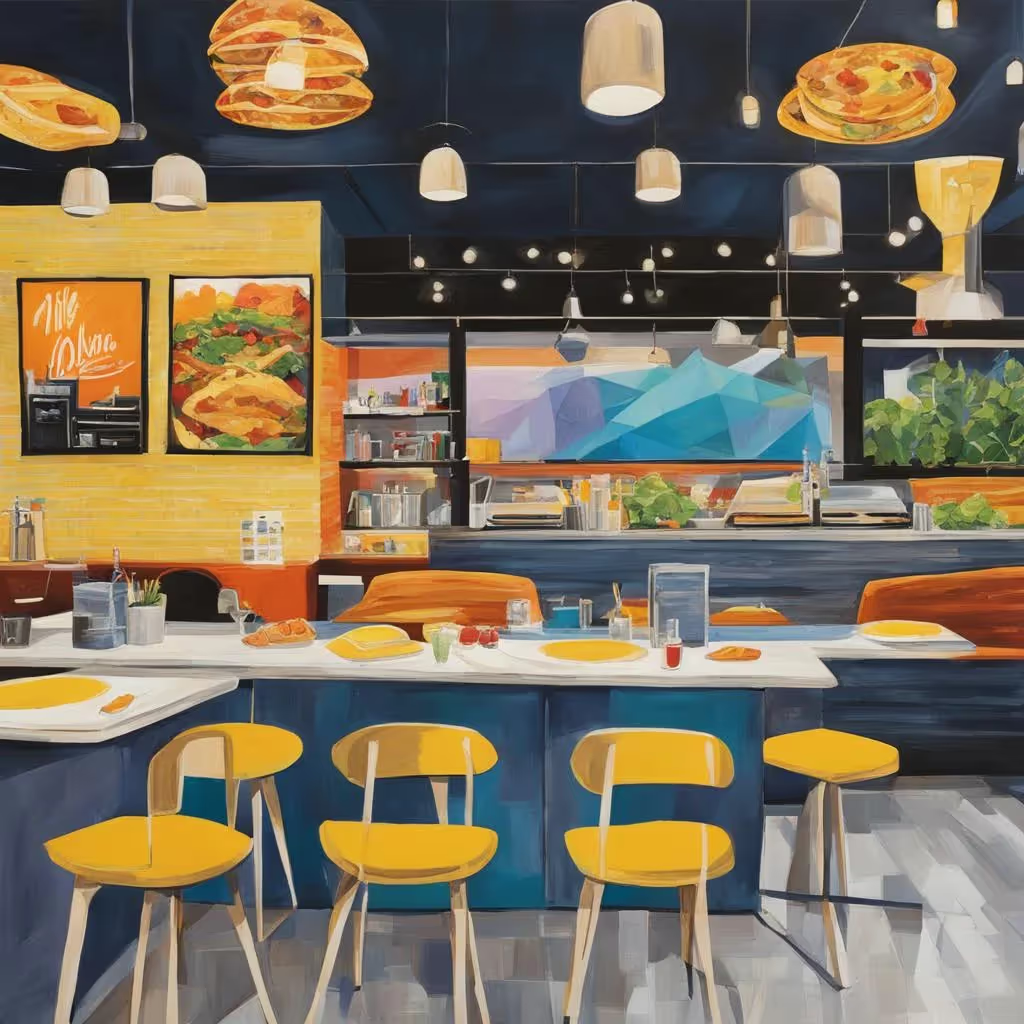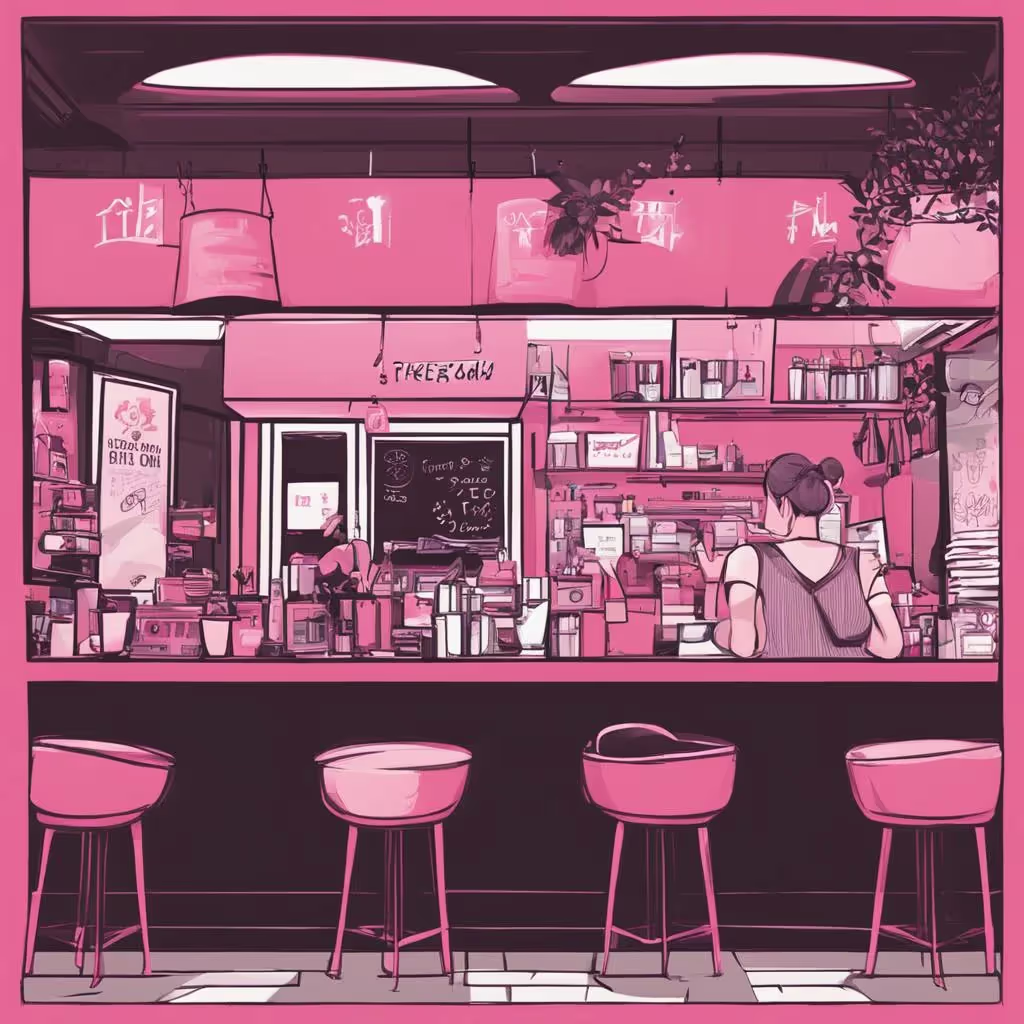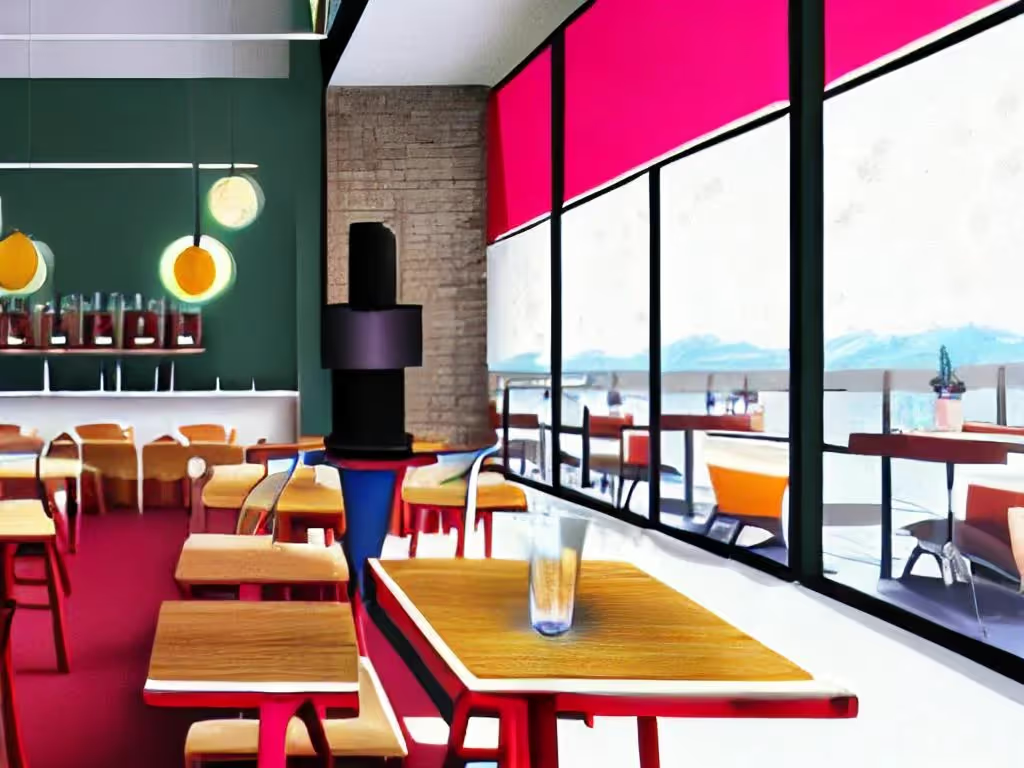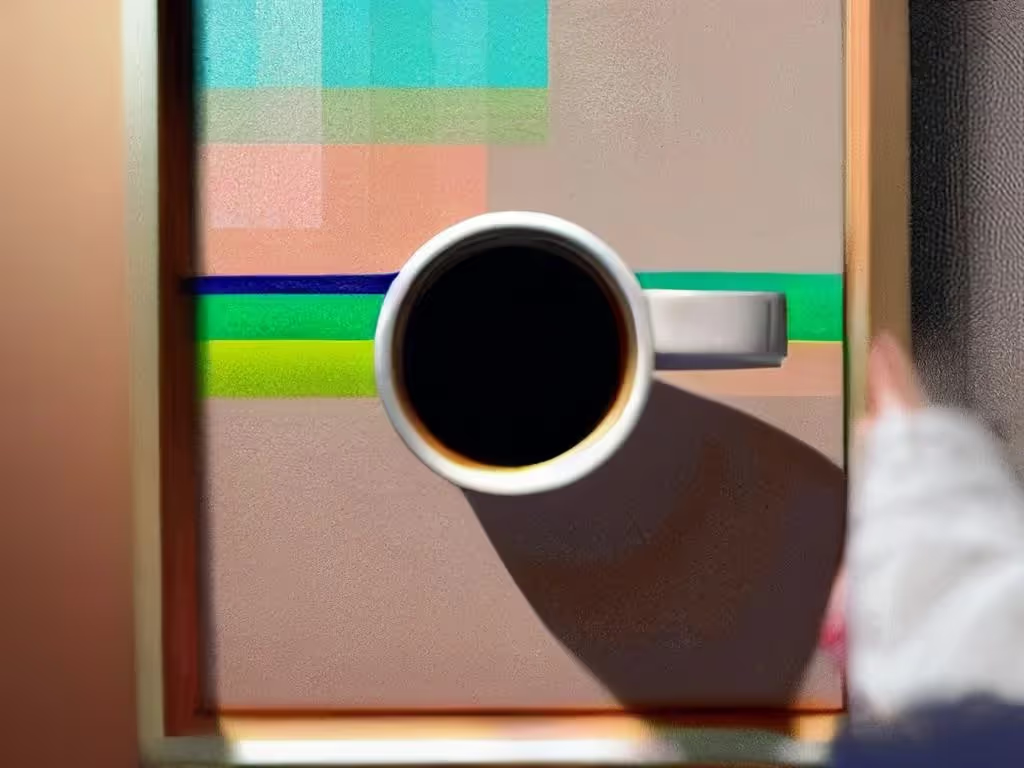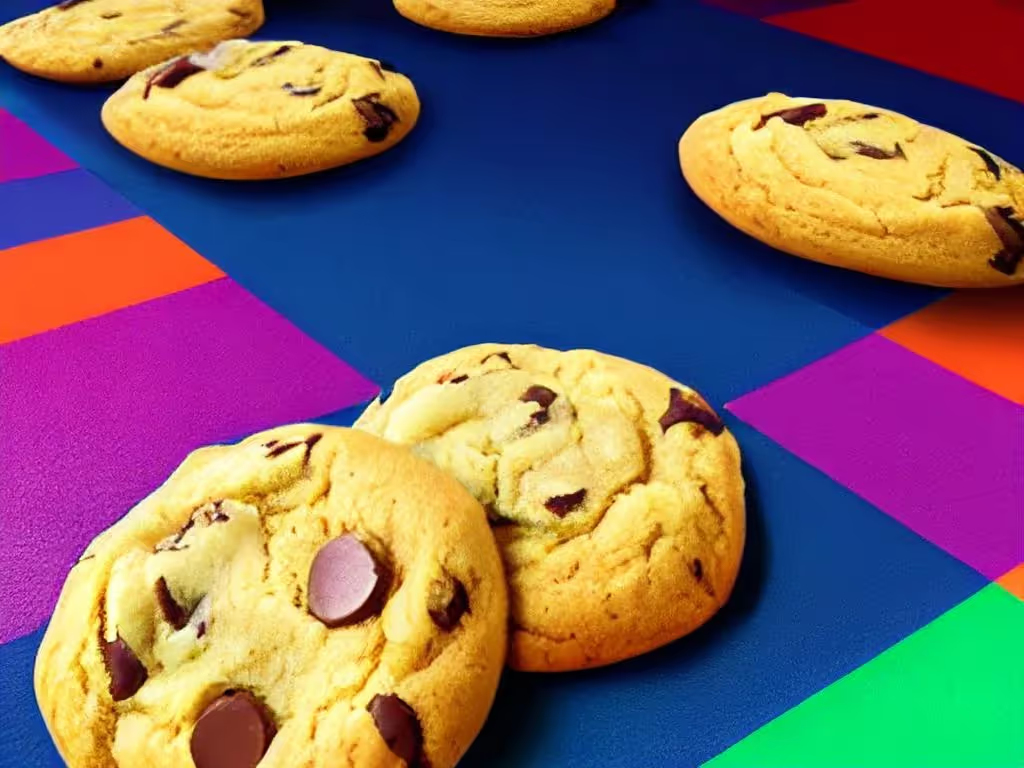TLDR
Coffee isn’t just hot anymore. It’s ready, it’s cold, and it’s flying off shelves and out of fridges faster than most cafés can restock it. According to Fortune Business Insights, the global ready-to-drink (RTD) coffee market size is projected to reach USD 64.78 billion by 2032.
To Gen Z, quality isn’t defined by how long a drink took to make. It’s about how well it fits into their lives. If a cold brew can be grabbed in 10 seconds, tastes great, is made with traceable beans, looks good on a desk or in an Instagram story, and was ordered on an app in under 60 seconds — that’s premium.
RTD coffee, which many once saw as a shortcut or second-rate option, is becoming a symbol of taste, trust, and thoughtful design. In this shift lies a huge opportunity for local cafés and restaurants. Because for your customers, convenience is not in complexity but in ease.
From Afterthought to Flagship: RTD Coffee Trend
For years, ready-to-drink coffee sat quietly on store shelves, often near energy drinks or bottled teas. That is changing quickly.
The U.S. coffee market is projected to reach $39.2 billion by 2033, with RTD products playing a significant role in that growth. This growth is not being led by international chains alone. Local cafés and regional roasters are entering the space, recognizing that cold coffee is no longer limited to summer months or vending machines.
La Colombe helped set the tone for what a high-quality RTD experience could look like. Their Draft Latte in a can, introduced in 2017, has since grown into a multi-million dollar product line. It features nitrous-infused technology to replicate a creamy café texture, along with clean packaging that reflects the brand’s modern identity. Their success showed that canned coffee could deliver not only on convenience but also on texture, flavor, and visual appeal.
Local brands have followed suit. Think Coffee, a New York-based café chain, launched its line of canned cold brews made with single-origin beans. The packaging uses a simple, elegant design to mirror the in-store aesthetic and reflect a consistent online brand experience. These drinks are no longer peripheral items. They are being developed as core products that reflect a shop’s values and flavor standards.
Today, many customers actively look for these options. It is becoming standard for quality cafés to offer an RTD cold brew, especially for guests who want great coffee without waiting in line. The expectation has shifted from RTD being a backup plan to being a reliable, well-designed offering that complements the in-store menu.
Why the Digital Experience Matters Just as Much
This definition of premium stretches into digital behavior as well. A coffee that tastes great in a can still won’t make the cut if the process of buying it is frustrating.
An increasing number of customers expect a seamless ordering process. Your mobile experience matters more than you might think. A clean, well-designed app with simple navigation, quick payments, and personal touches can quietly become one of your best tools for building loyalty.
Stats show that mobile order abandonment drops significantly when the experience is intuitive. Quick load times, clear menu layouts, and secure payments lead to more completed purchases. Even small features like reordering your last drink with one tap or getting a push notification about a limited-edition cold brew can create a sense of connection and convenience that keeps customers coming back.
If your mobile app feels slow, cluttered, or hard to use, you’re not just losing a sale. You’re missing an opportunity to be seen as modern and premium in a way that matters to Gen Z.
Curbside Pickup Strengthens the Digital Experience
Curbside pickup has evolved from a convenience to a core service feature. It supports the digital-first mindset of younger consumers by offering fast access without compromising the experience.
According to Corner Coffee Store's 2024 operations data, curbside and pickup orders have increased by 5,380% since 2019. This growth highlights how quickly customer expectations have shifted toward low-contact, high-speed solutions.
Per Diem understands this shift. By offering pickup, takeout, and curbside options in one platform, the app gives your customers the flexibility they expect and helps make your RTD selection a consistent part of their daily routine.
How Convenience Is Redefining Customer Loyalty
Loyalty in 2025 doesn’t look like a paper punch card or a points tracker buried in an app menu. Today, loyalty is shaped by relevance, convenience, and personal connection. They return to places that feel familiar, frictionless, and aligned with their lifestyle.
RTD coffee plays directly into this. It gives customers the option to engage with your brand even when they don’t step inside. If your cold brew is on a shelf in their home or office, that’s your presence outside your store. When paired with a smooth mobile ordering experience or a simple pickup flow, the interaction feels natural and repeatable.
This generation expects technology to support their habits, not slow them down. A strong loyalty strategy blends great products with smart, timely interactions, like reminders, personalized drink suggestions, or early access to limited RTD batches. These tools are subtle, but they matter. They make the customer feel seen without being sold to.
Today’s customers’ loyalty is also tied to trust. Transparency around sourcing, sustainability, and ingredient quality makes an impact. RTD formats make it easier to communicate that information clearly through labeling, digital menus, and push notifications. Your best-performing RTD drinks are more than a product. They are a message about what your brand stands for.
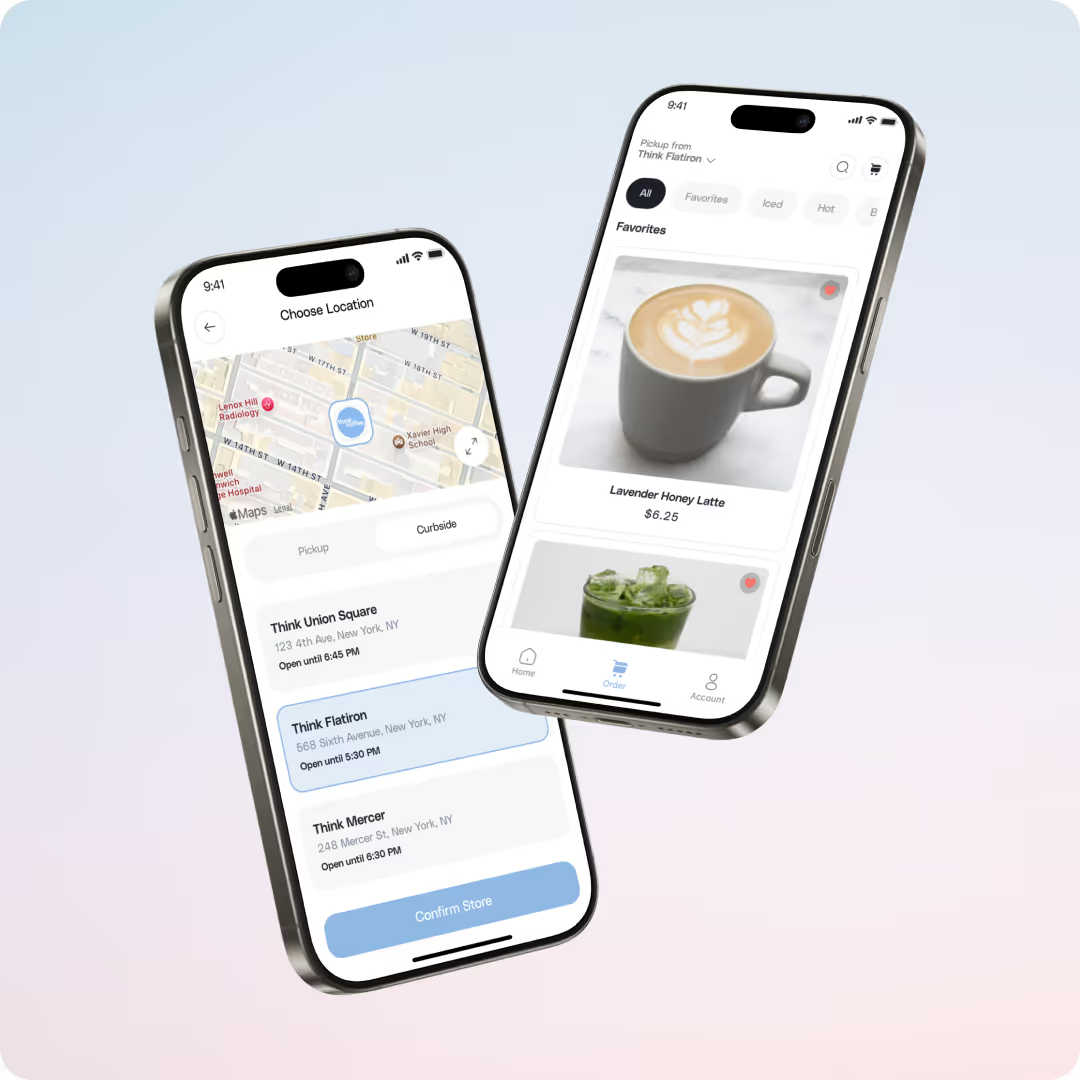
How Independent Cafés Can Compete and Win
Large chains may have broader distribution and marketing budgets, but independent cafés are uniquely positioned to move faster and build deeper relationships. RTD and online convenience aren’t exclusive to big names. With the right tools and strategy, smaller shops can compete on quality, personality, and adaptability.
Here are a few ways to approach this:
Start with One Great RTD Product
Instead of launching a full line, begin with one signature cold brew or latte. Use high-quality beans, test different packaging formats, and gather feedback. A single well-made product can serve as proof of concept and a valuable revenue stream. For summer, consider testing a seasonal variation like a coconut cold brew, honey-lavender iced latte, or a citrus-based option to create early buzz and appeal to seasonal preferences.
Make It Easy to Find and Order
Display your RTD options clearly in-store, on your website, and in your mobile app. Feature them as part of your menu flow, not an afterthought. Add an “Order Ahead” or “Grab-and-Go” category in your app to surface these products quickly.
Use Pickup and Curbside as Loyalty Drivers
Encourage customers to skip the line by ordering in advance. Promote pickup options with simple signage, app banners, or Instagram and TikTok reels. Consider bundling RTD drinks with snacks, baked goods, or merch to increase ticket size.
Keep the Experience Simple
If your mobile app is outdated or difficult to use, consider updating it or switching to a platform built for food and beverage businesses. Smooth navigation and fast payment options directly increase order volume and satisfaction.
Tell a Clear Brand Story
Use your RTD packaging to reinforce your café’s identity. Whether your brand is focused on sustainability, direct trade, or local culture, let that shine through in your design and copy. These details help your product stand out and build loyalty beyond the first purchase.
Still running your café without an app? Here’s what that’s costing your business.
Final Thoughts
Premium coffee used to mean a long pour, latte art, and a five-minute conversation at the register. For a growing segment of consumers, premium now means something else. It means coffee that fits into their lives. Coffee that travels well, looks good, tastes great, and shows up when and where they want it.
RTD coffee and a seamless mobile experience are not just operational upgrades. They are your entry points into a new kind of relationship with your customers, one that respects their time, reflects their values, and earns their trust.
Coffee shop and restaurant owners who understand this shift will have a clear advantage. The tools are available. The demand is strong. What happens next depends on how you respond to what premium means today.


.webp)


.webp)
.png)
.webp)

.avif)
.webp)
.webp)
.webp)

.webp)







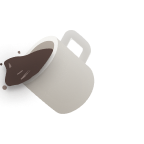


.png)
.png)







.svg)
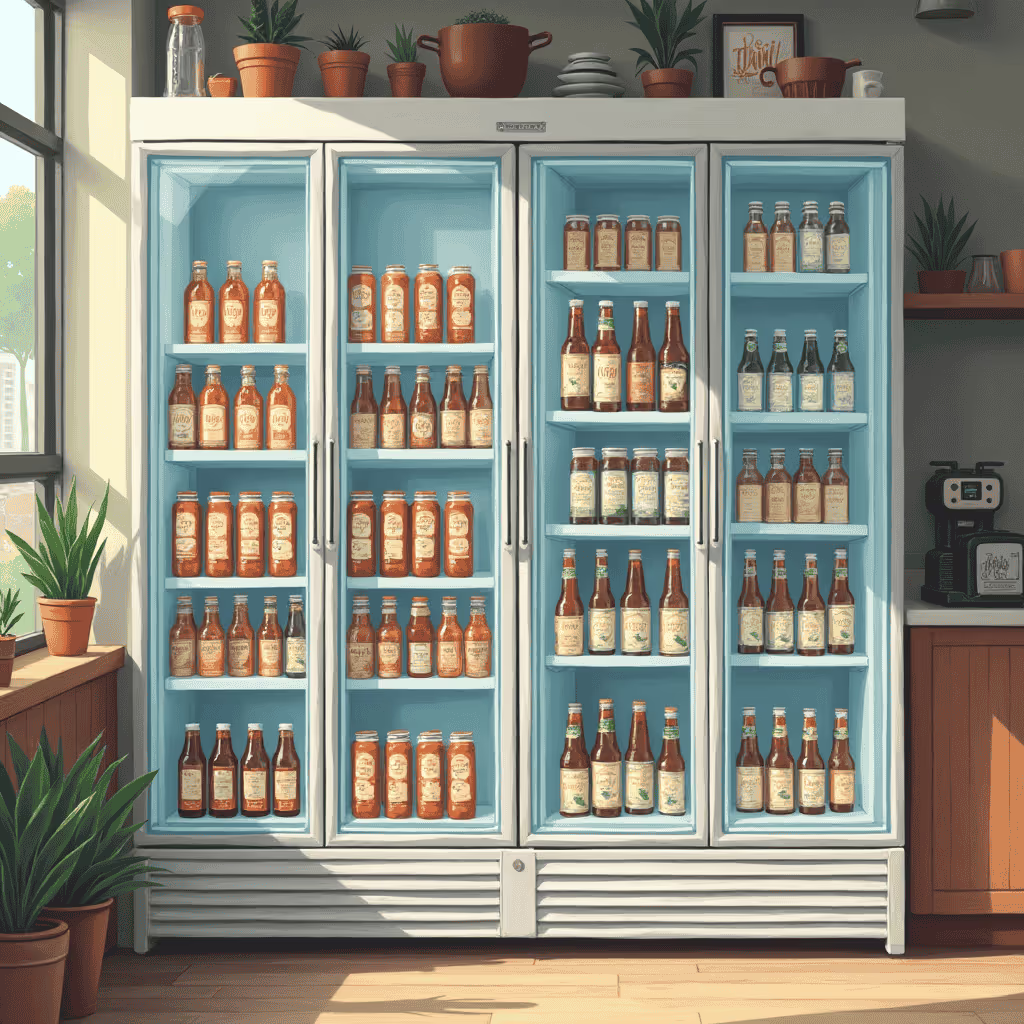




.svg)
.svg)
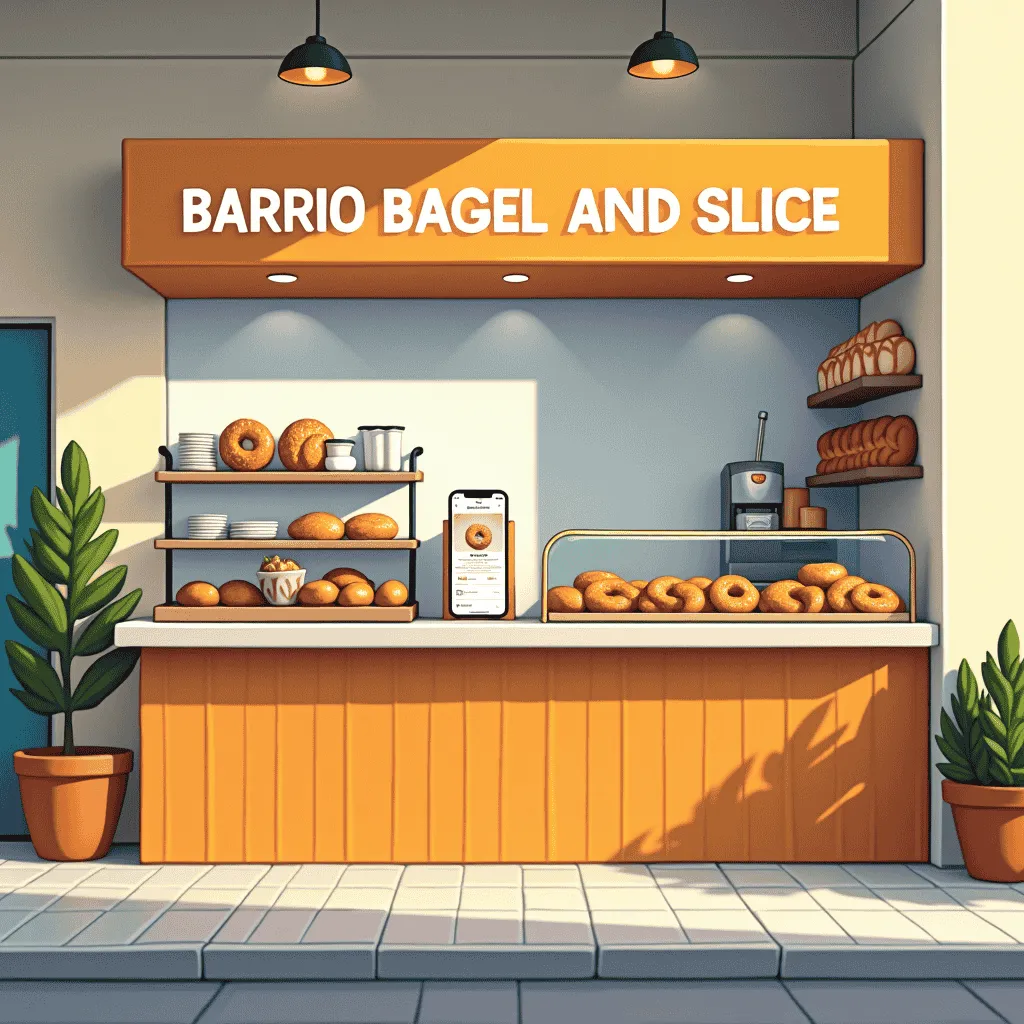

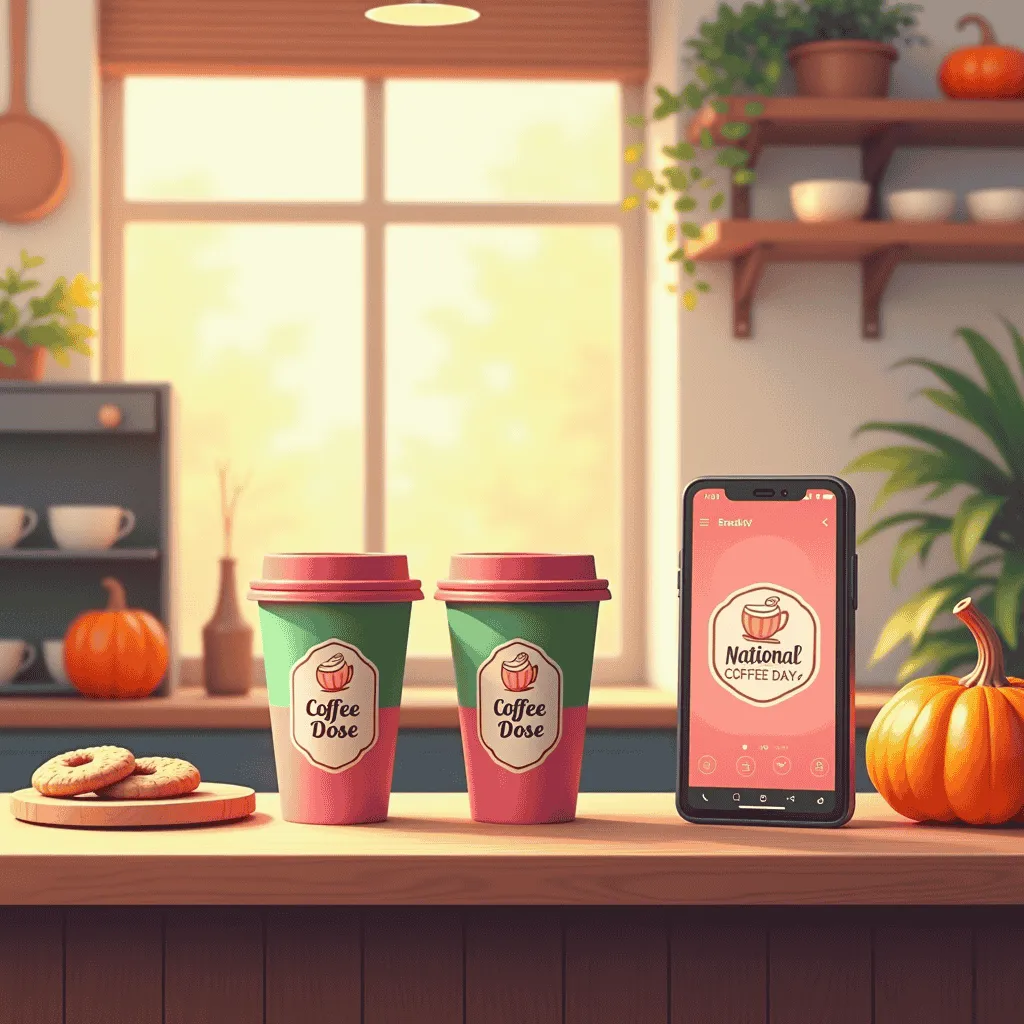
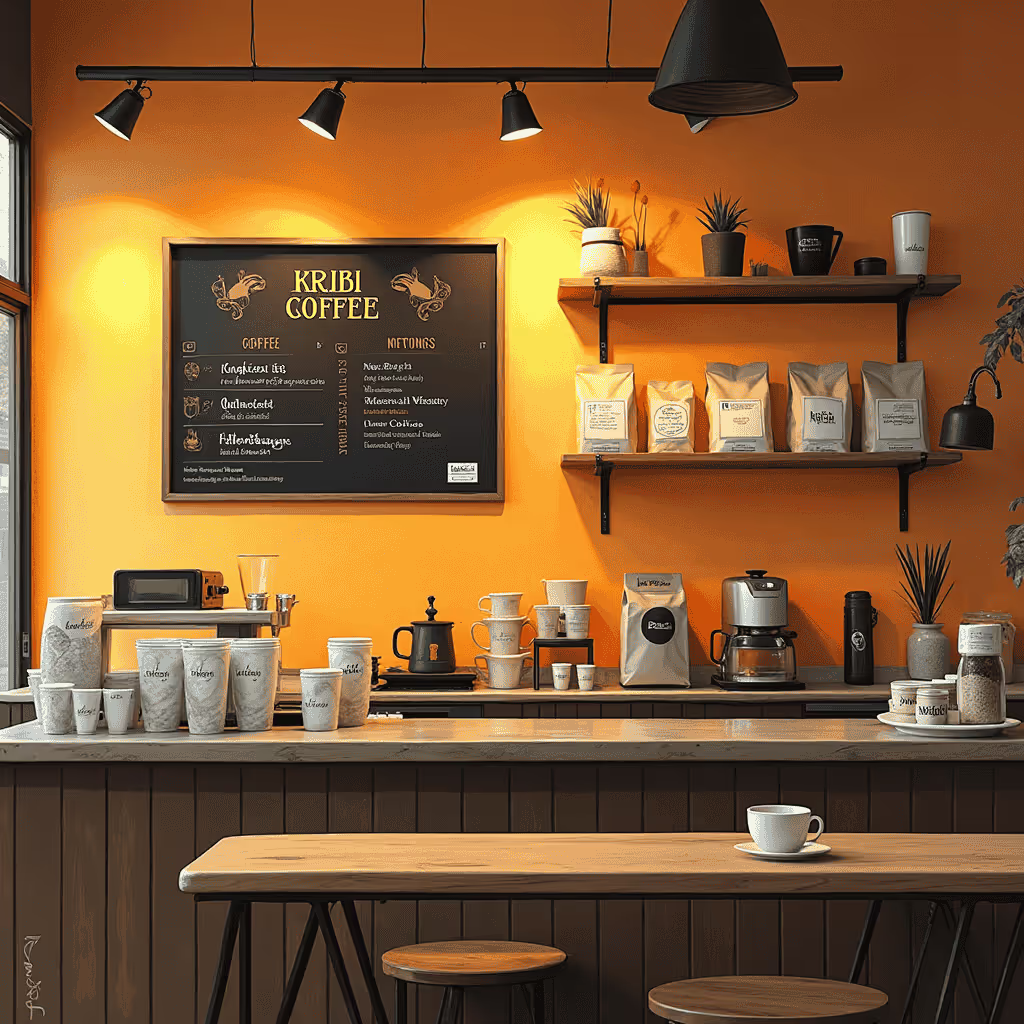
.avif)
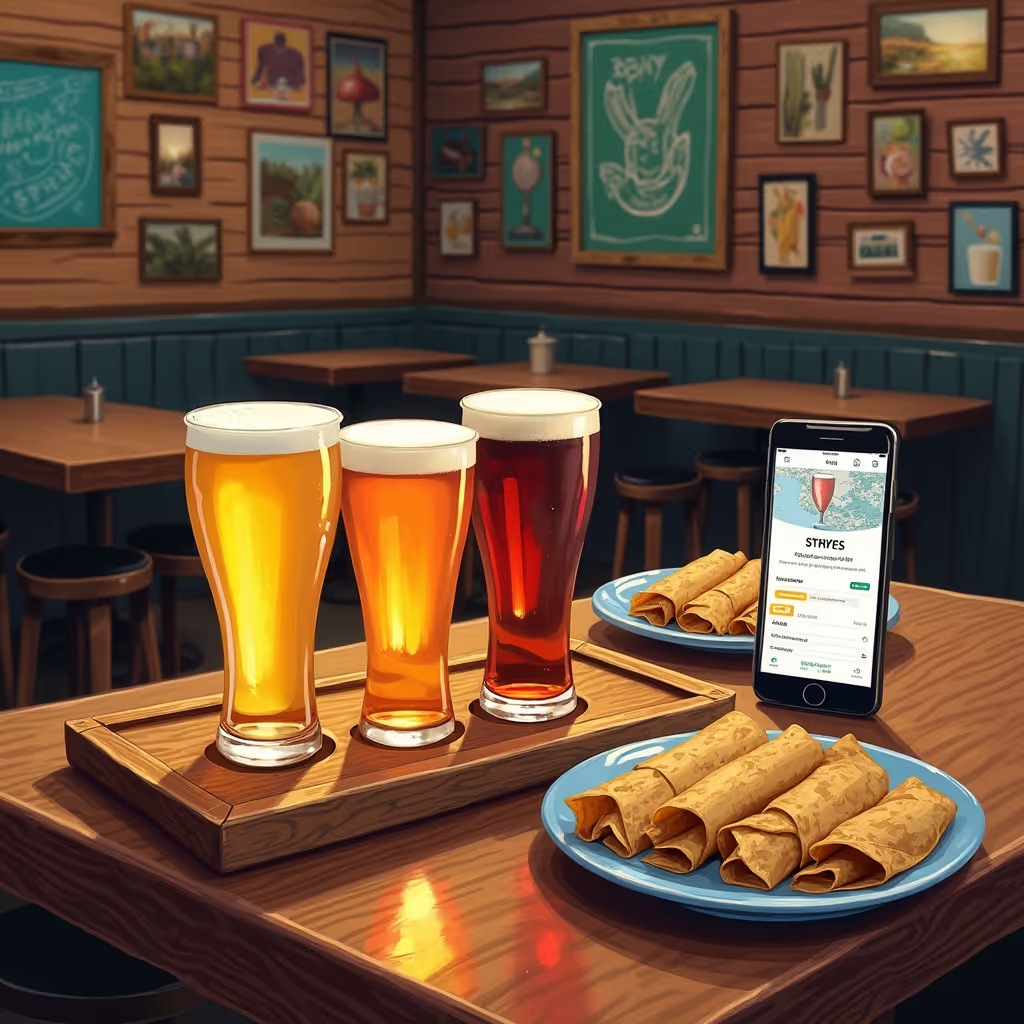
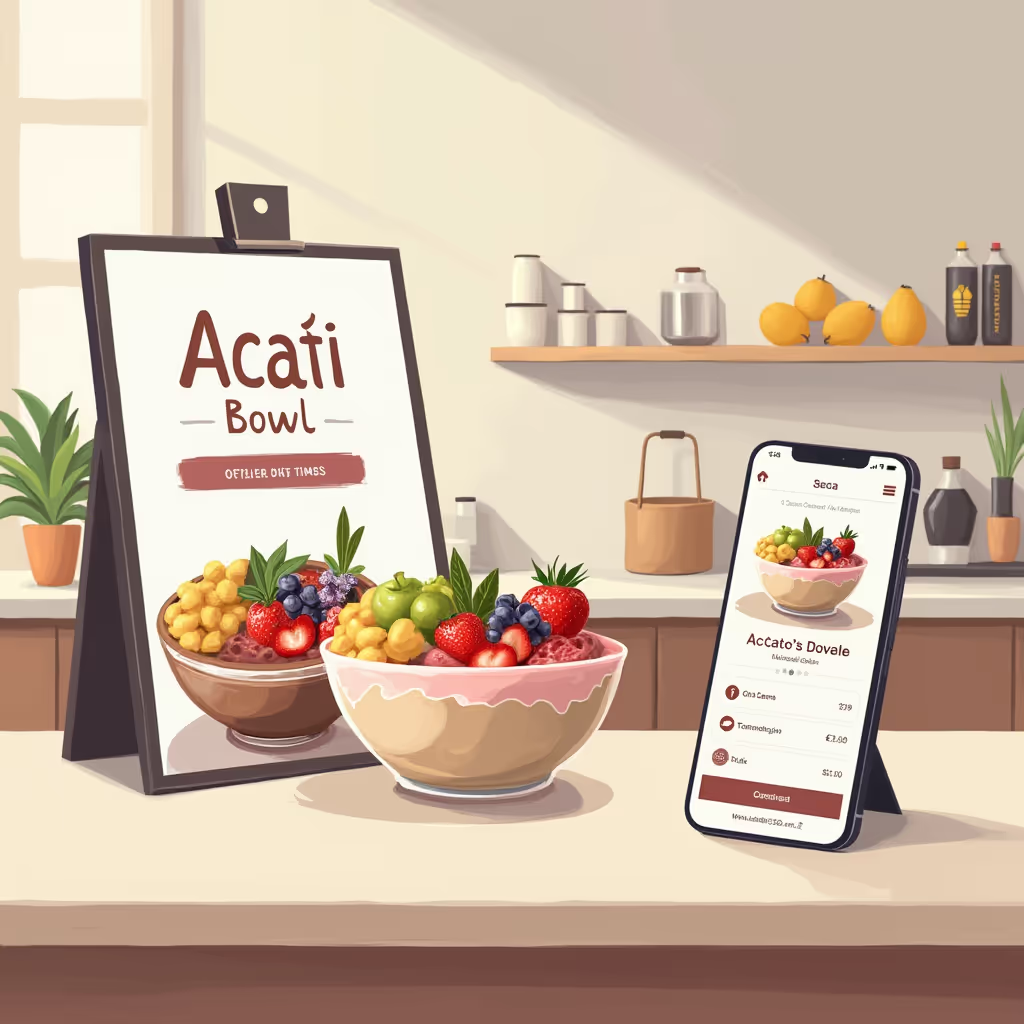
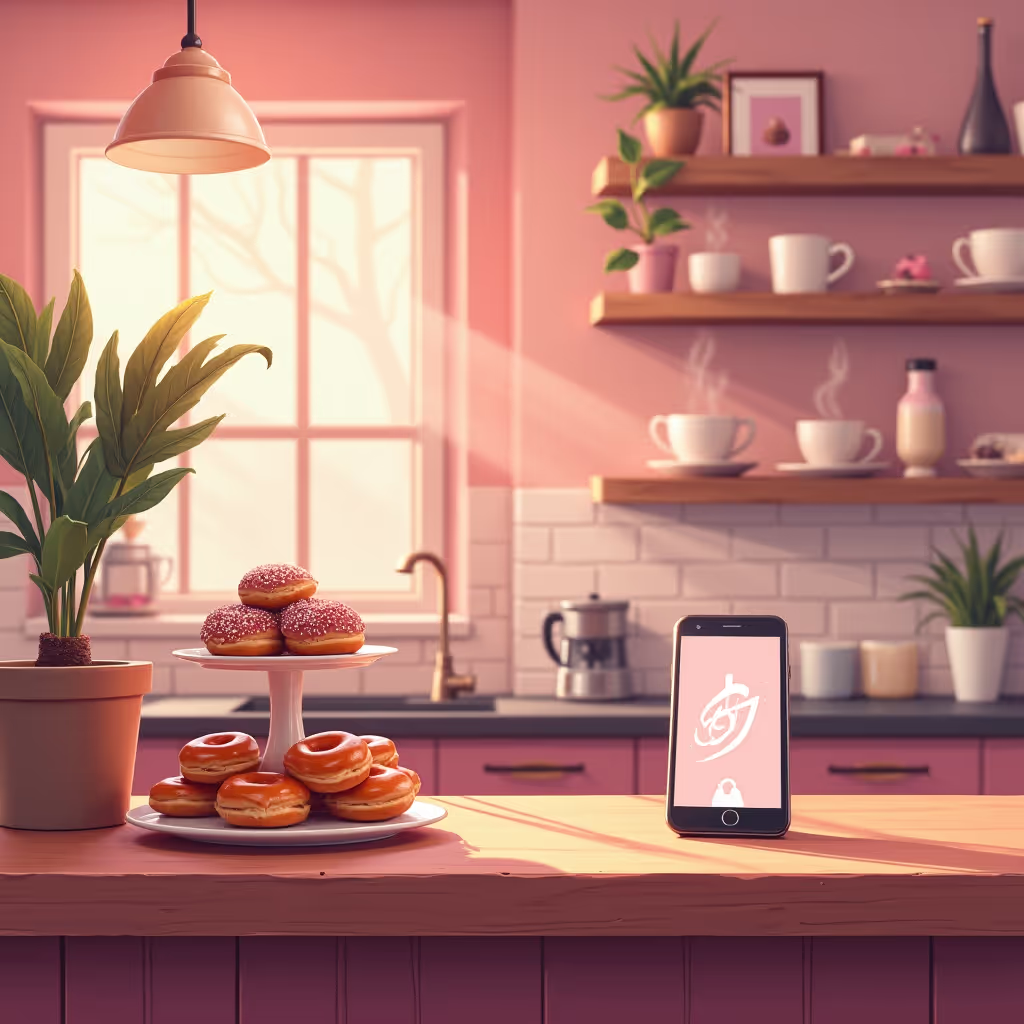
.avif)
.avif)
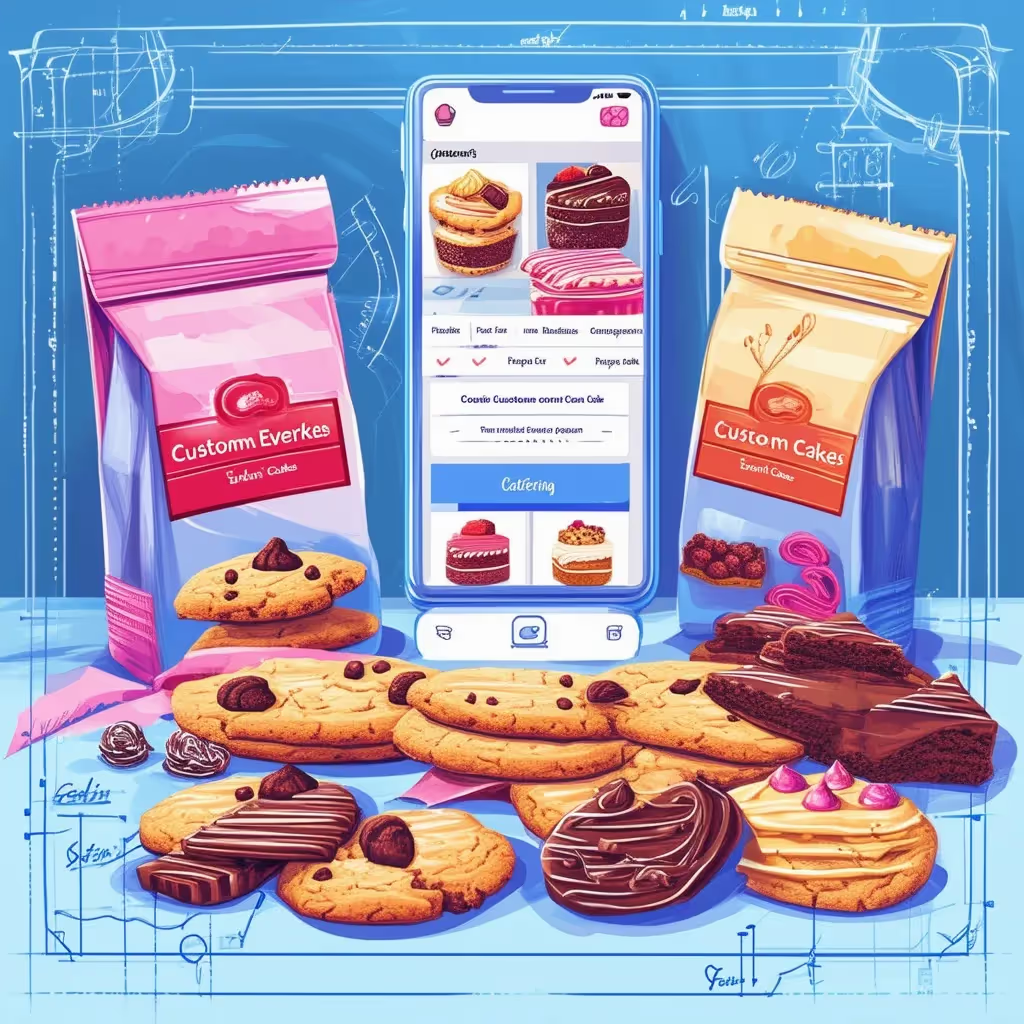
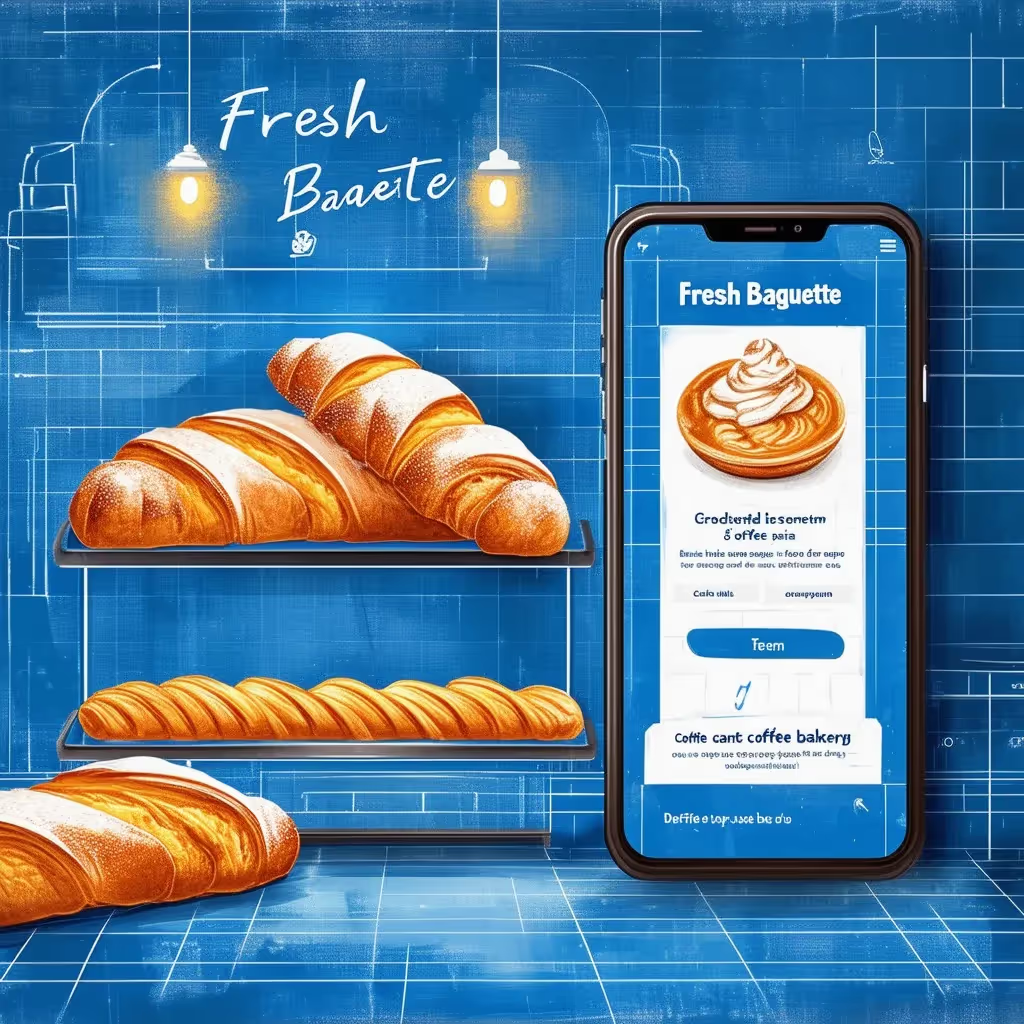
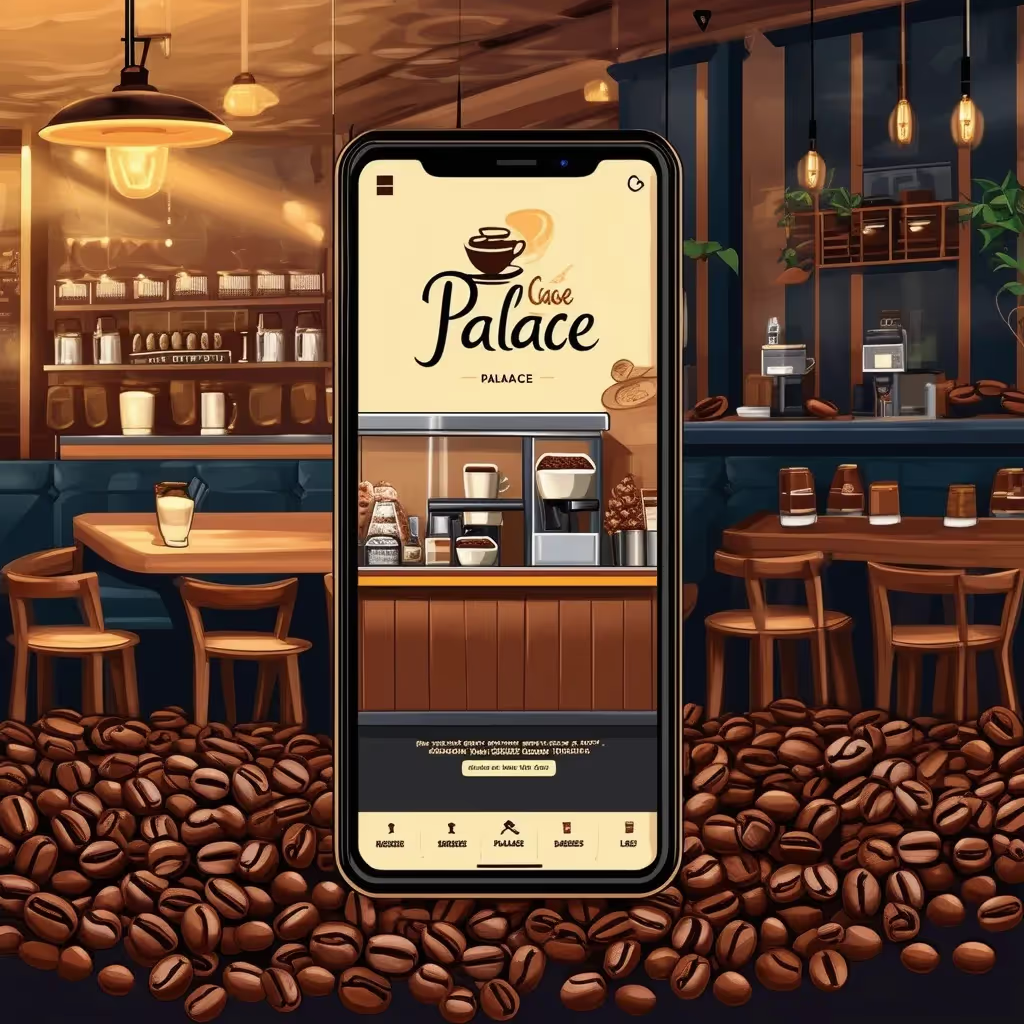
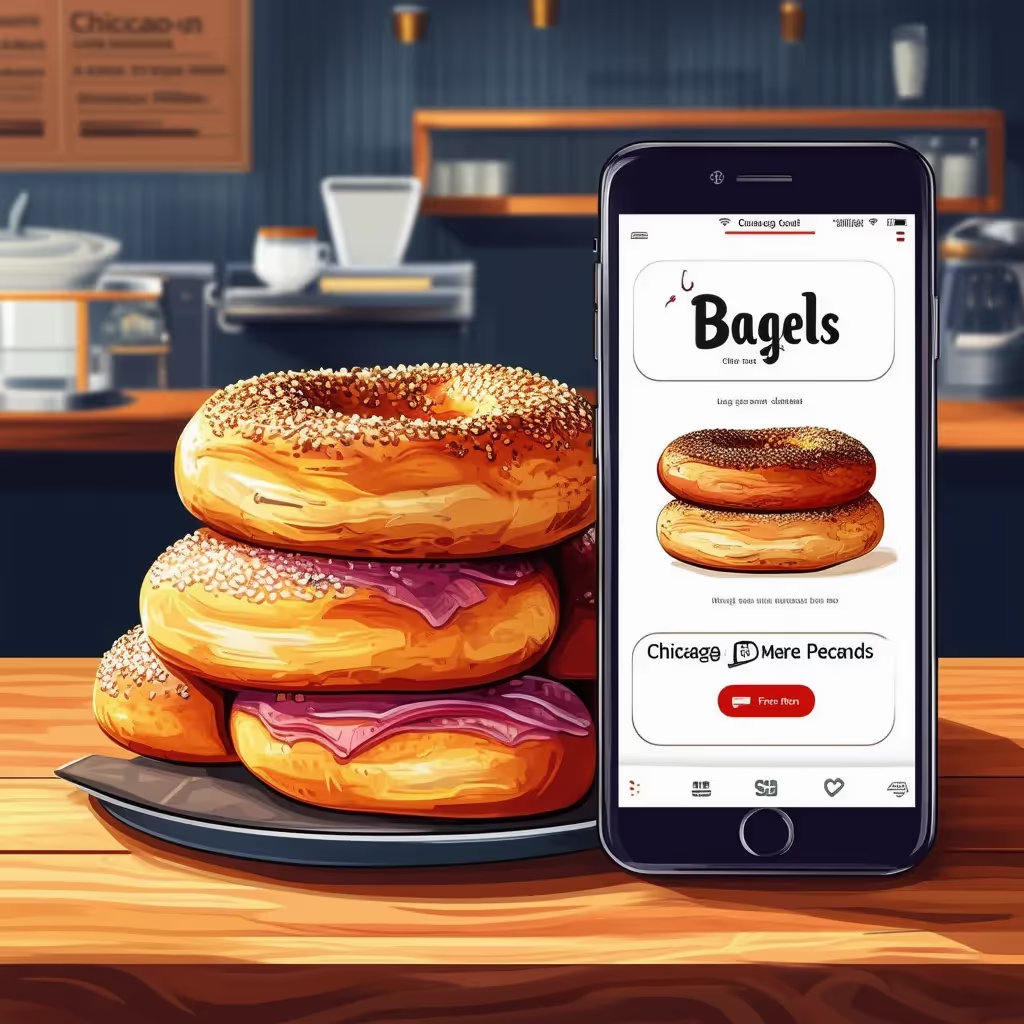
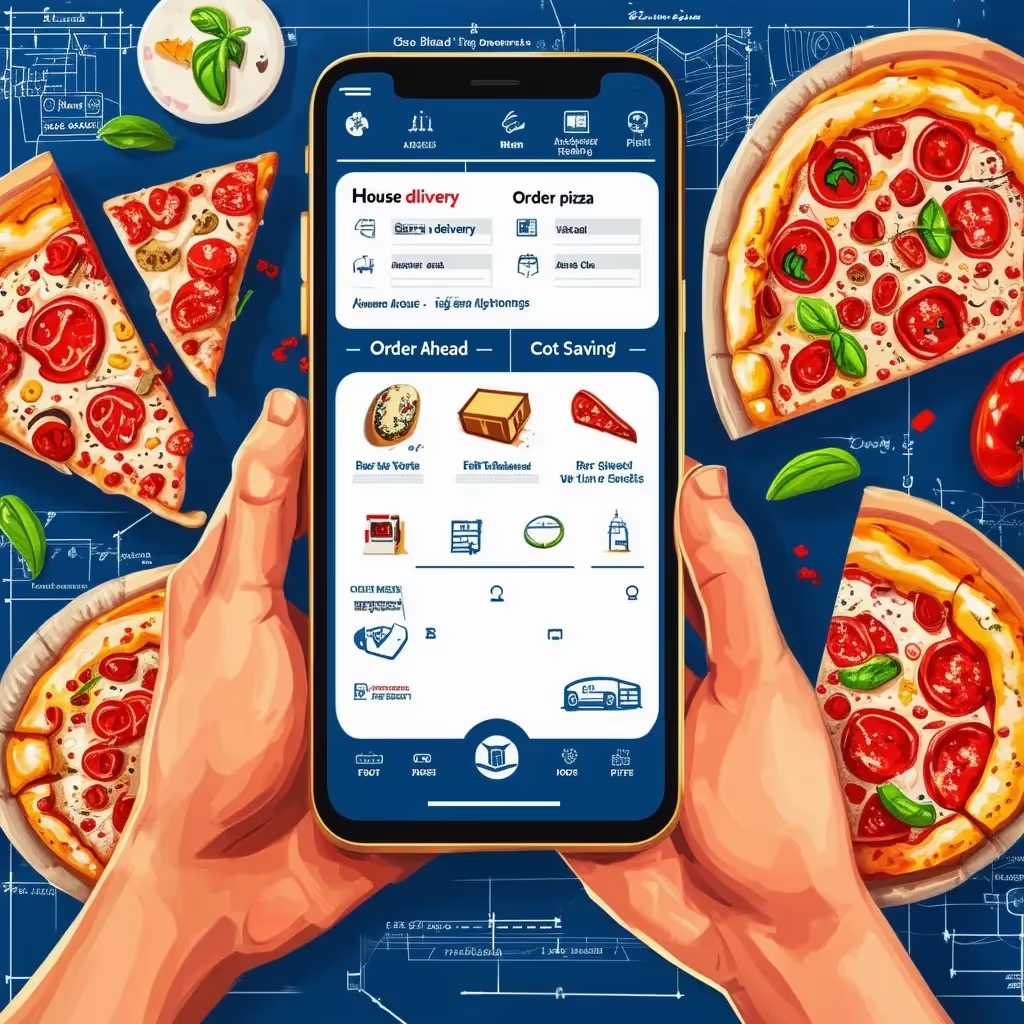

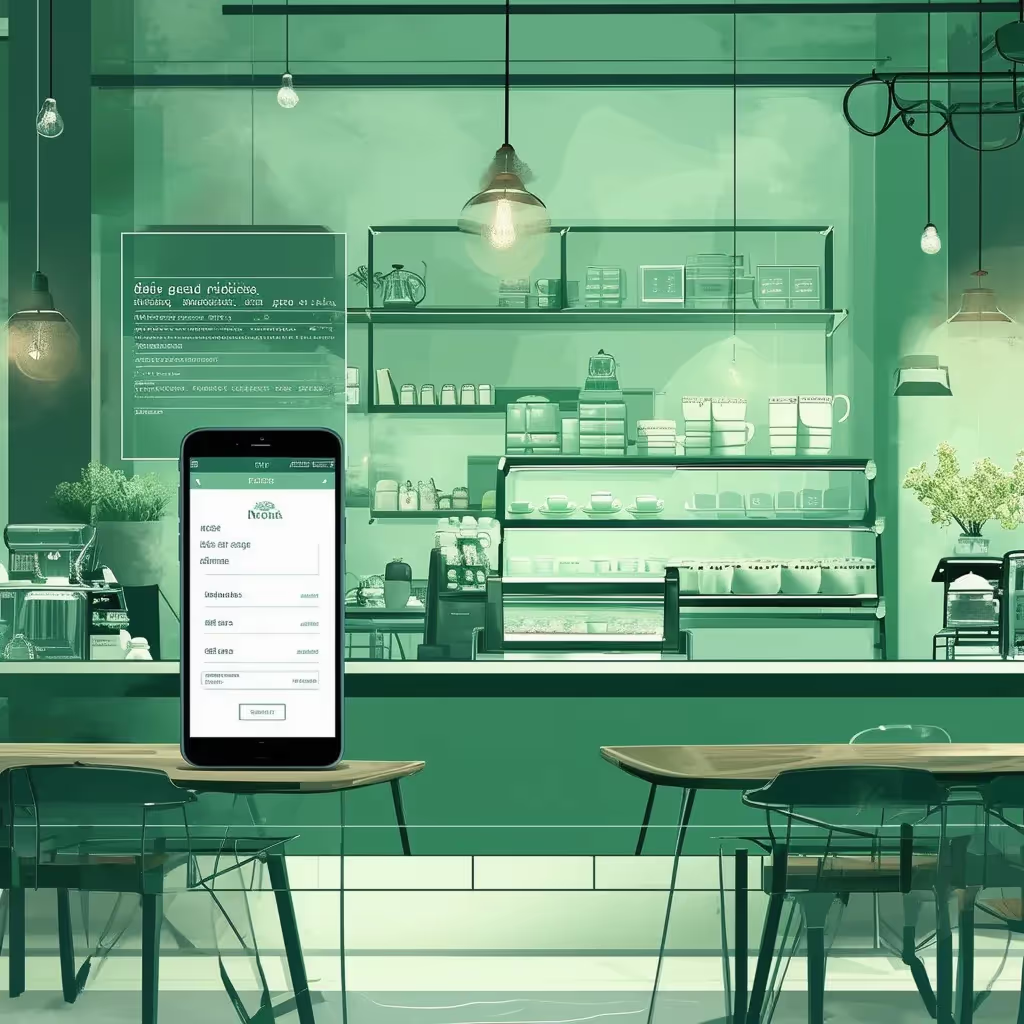

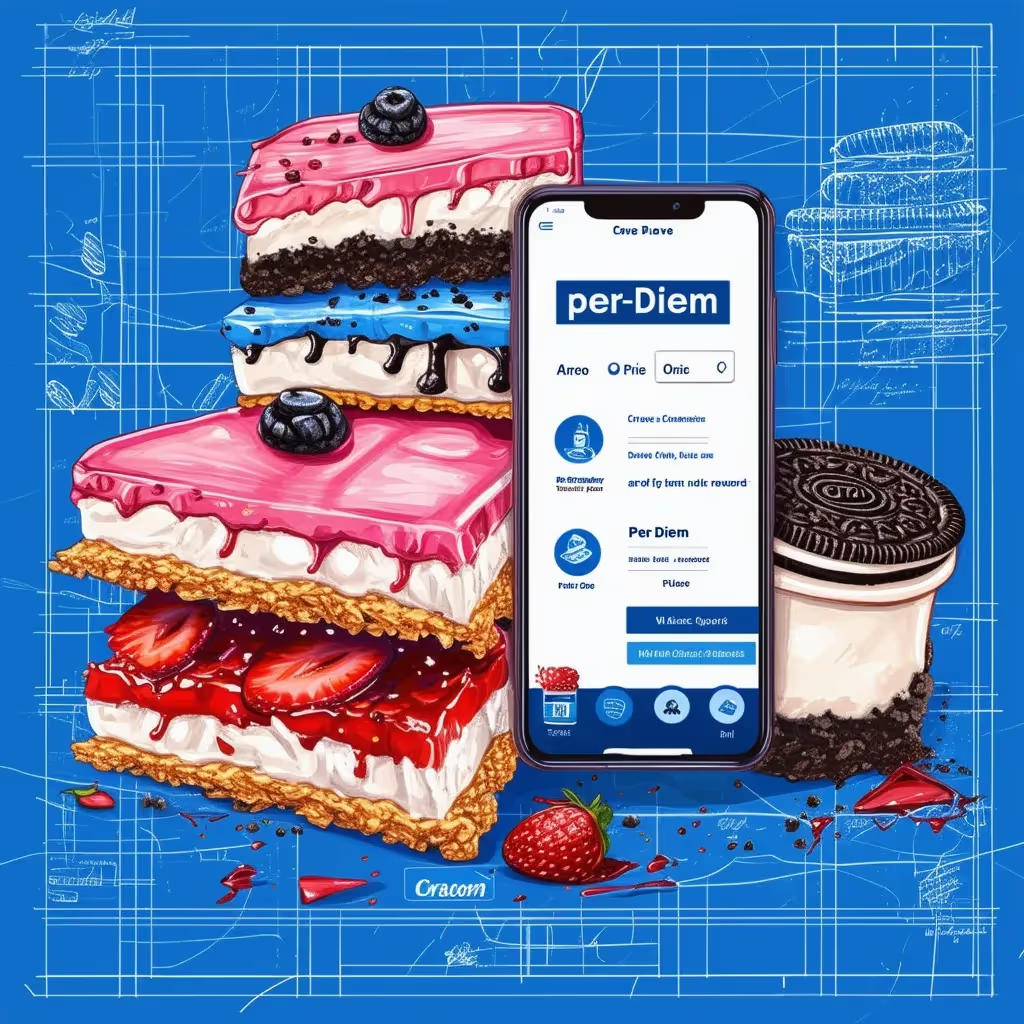
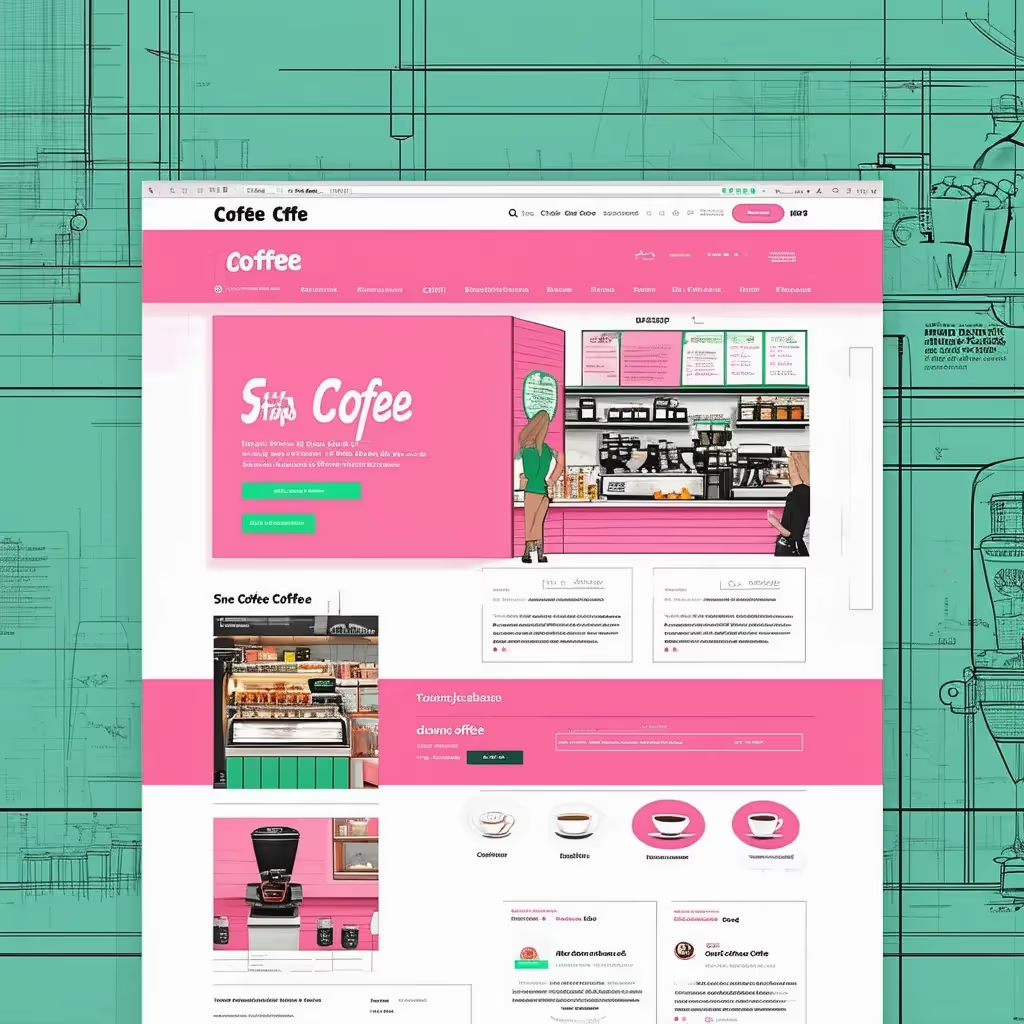
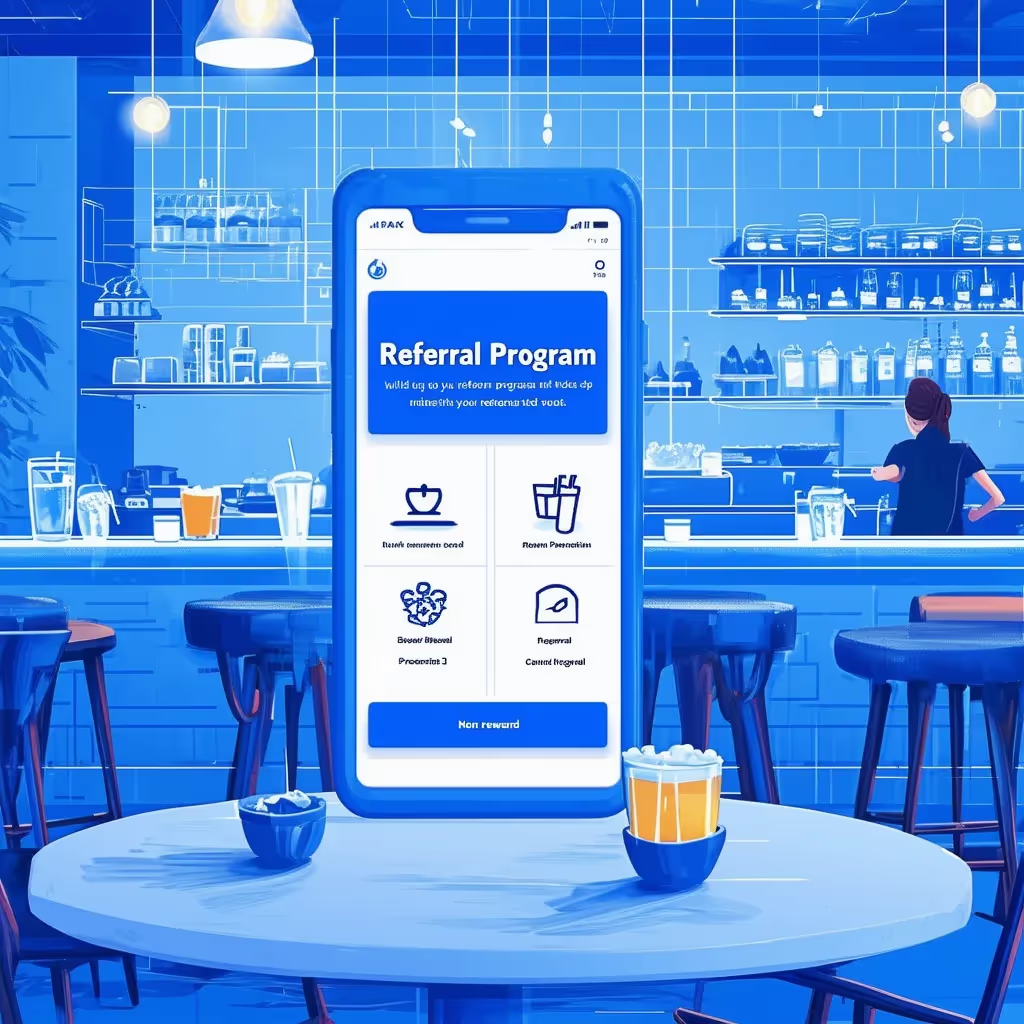


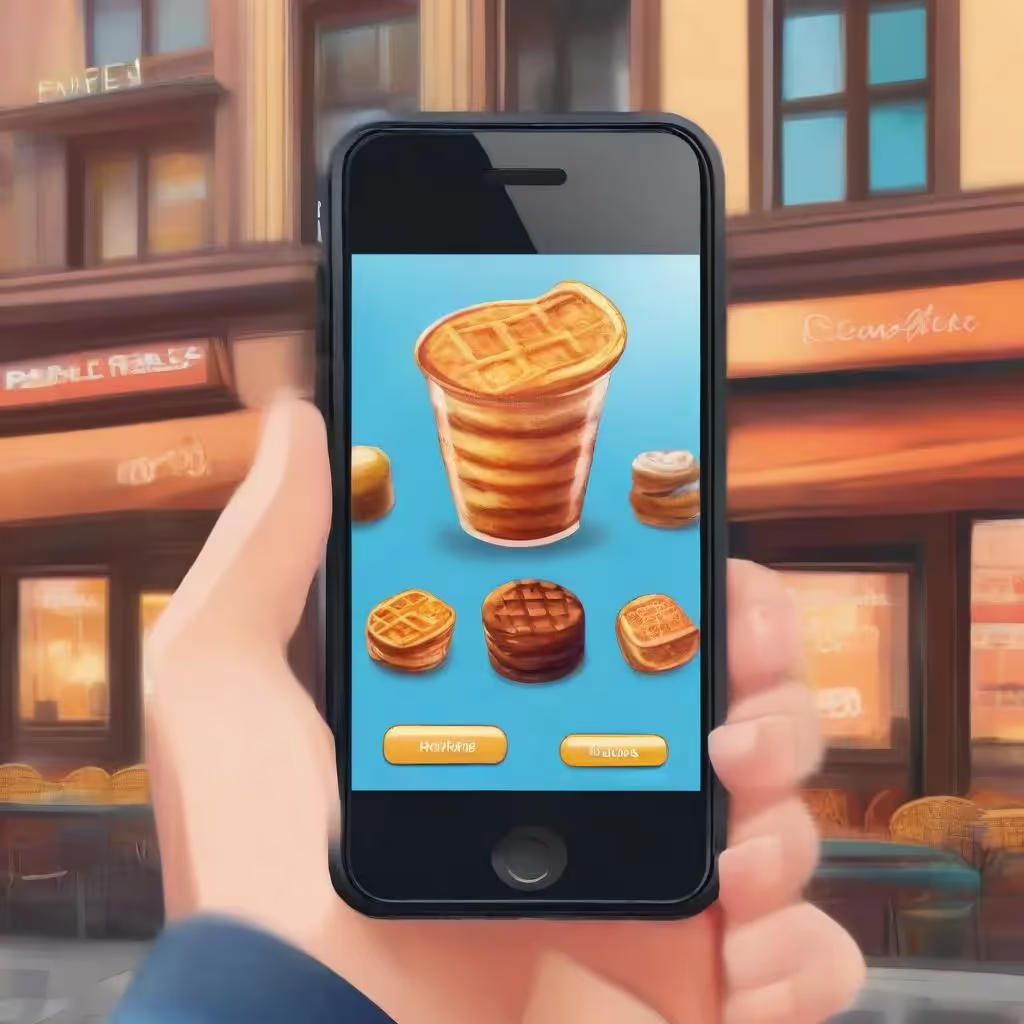
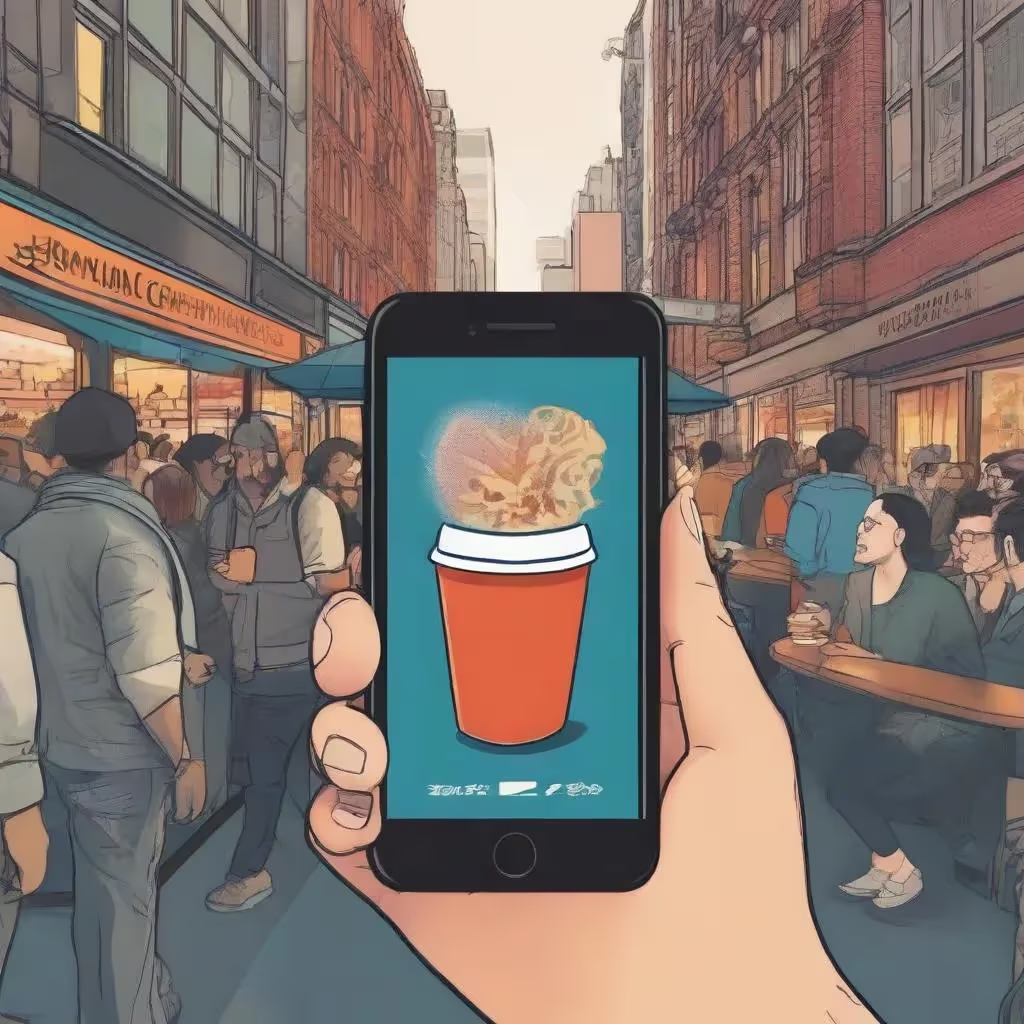
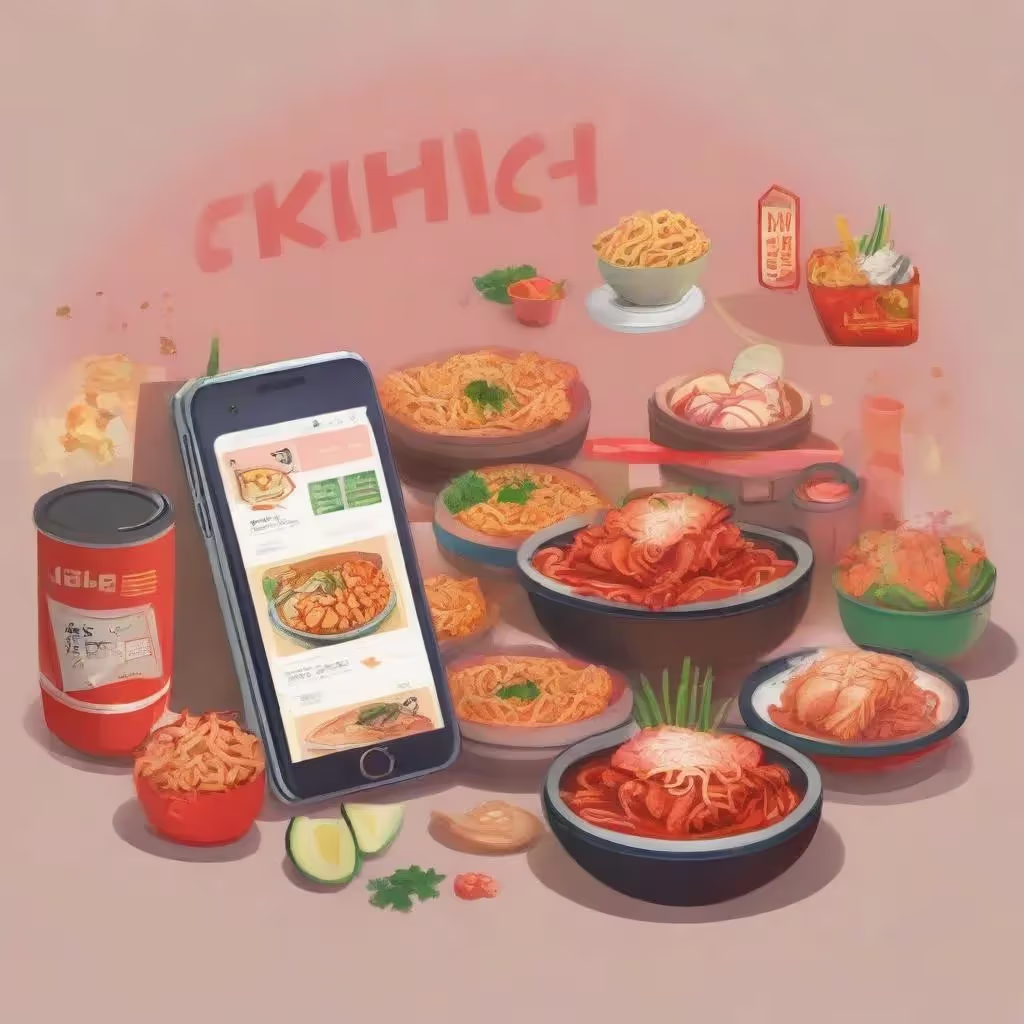
.avif)
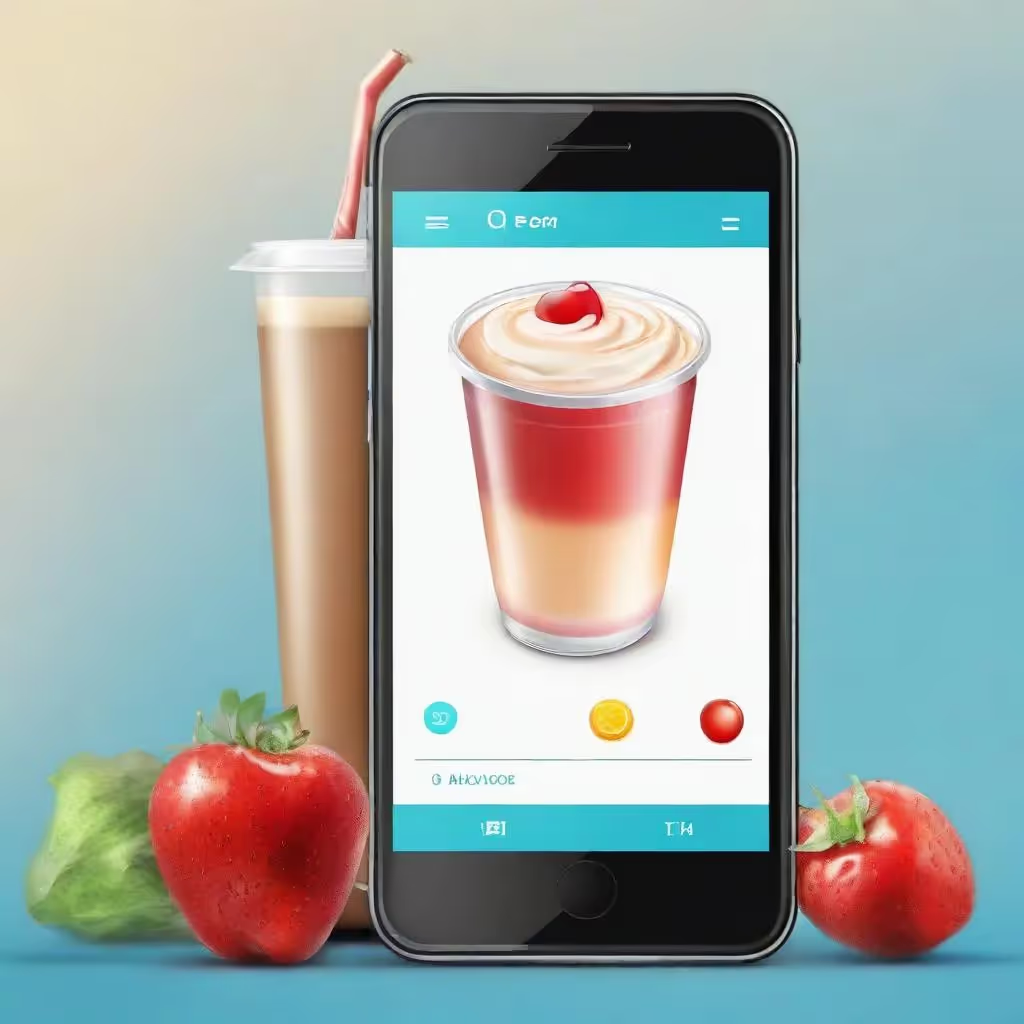



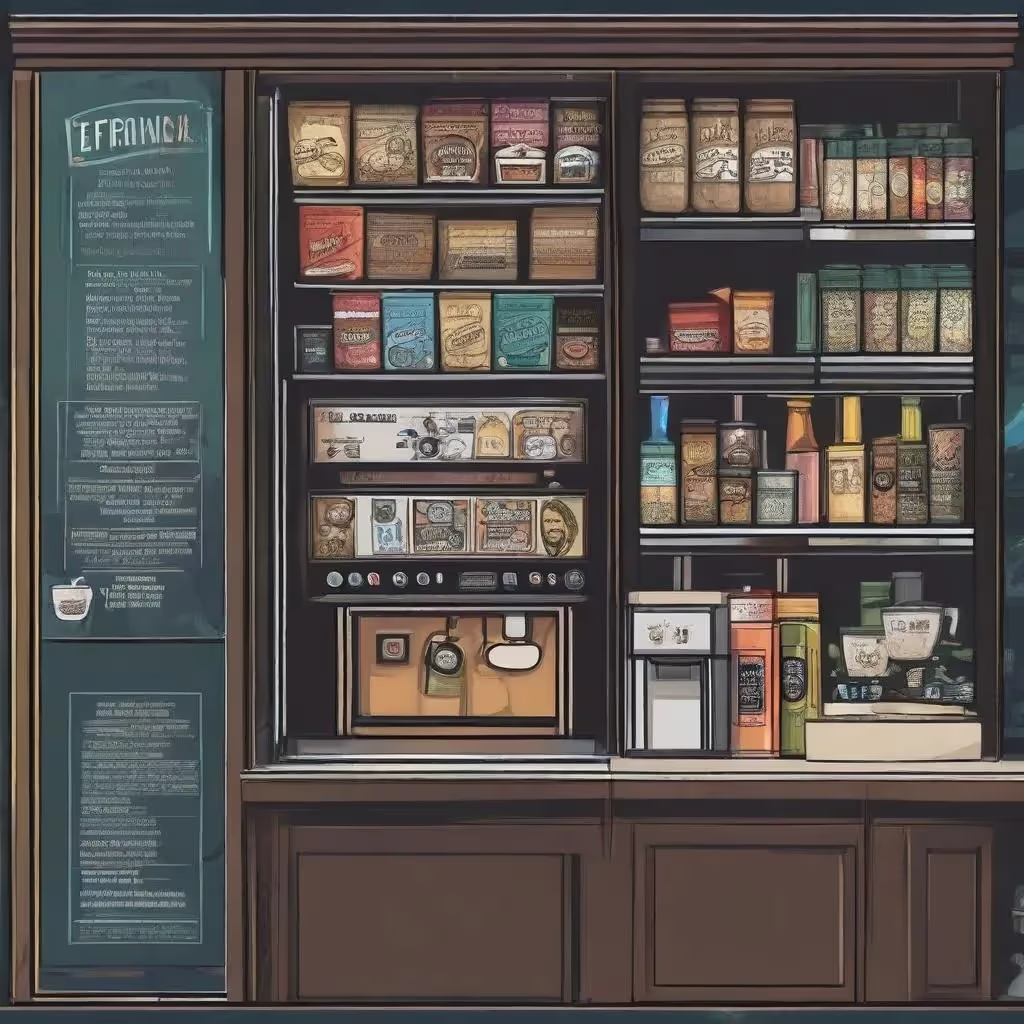
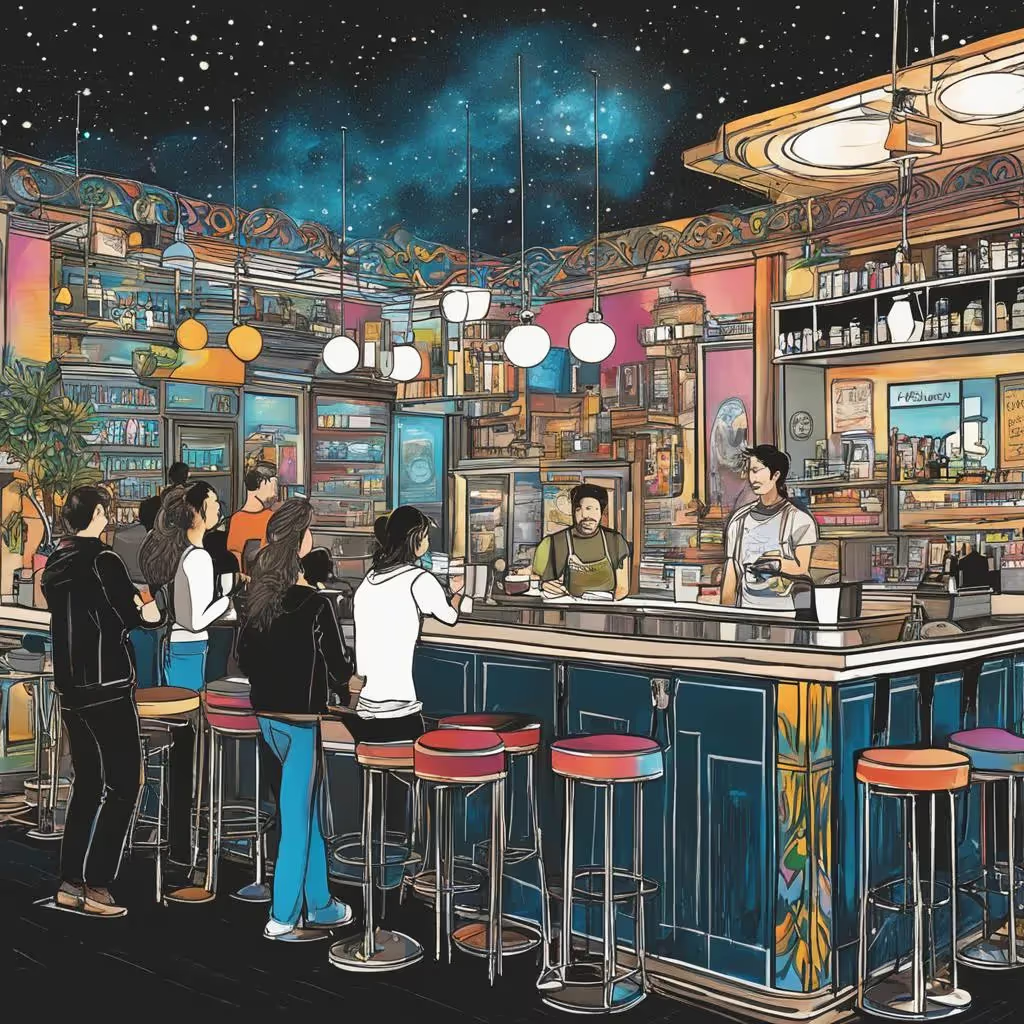
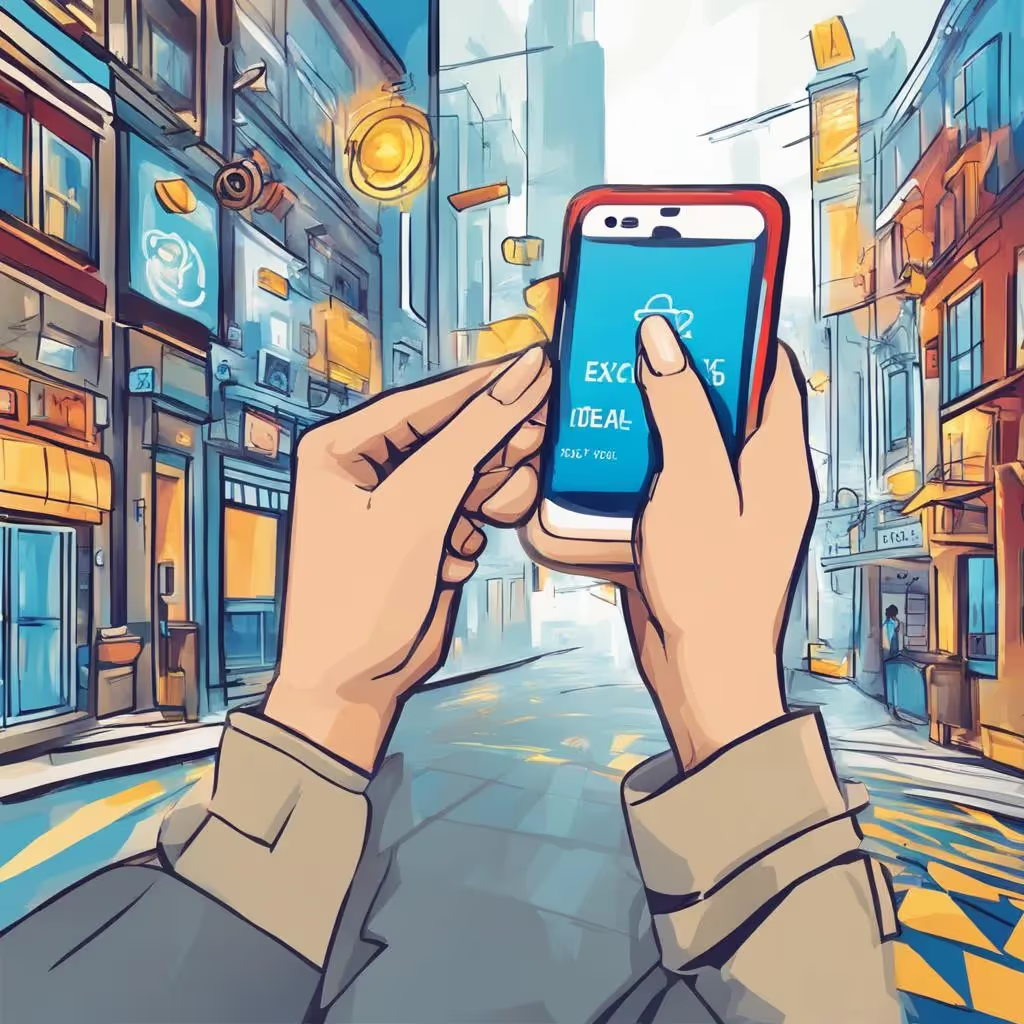
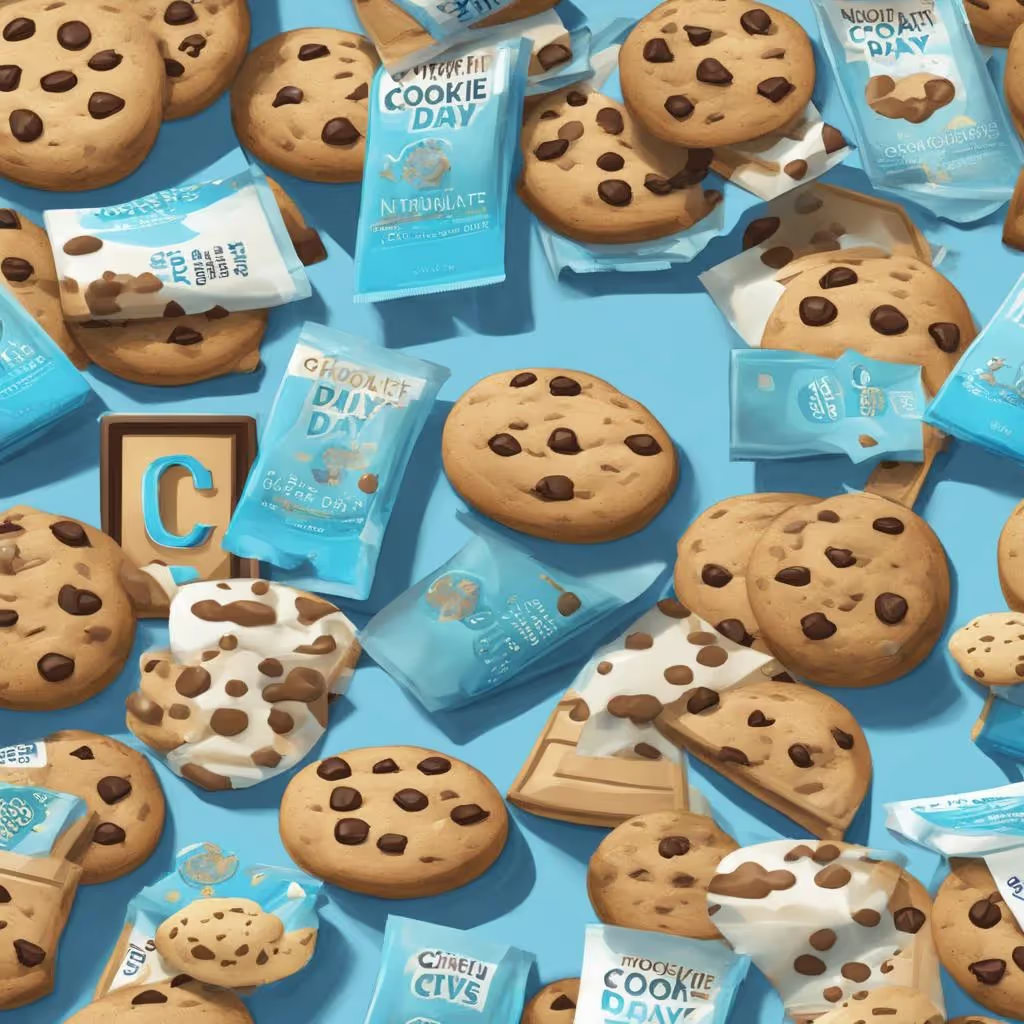
.avif)
